
Grammatophyllum Speciosum
Grammatophyllum speciosum, commonly referred to as the giant orchid, holds a distinguished place within the orchid family. Native to the tropical regions of Southeast Asia, specifically found in countries such as Malaysia, Thailand, and Indonesia, this remarkable species thrives in humid environments, often growing on trees in lowland forests. Its ability to adapt to its surroundings has made it one of the largest orchids in the world, an aspect that draws the attention of both botanists and plant enthusiasts alike.
This orchid is characterized by its impressive size, with pseudobulbs that can reach up to several feet in length. The plant’s leaves are long, ribbon-like, and can grow to substantial lengths, adding to its grandeur. The inflorescences, which can be strikingly vibrant, produce numerous flowers that vary in color from golden yellow to shades of brown and green. This rich display not only contributes to its aesthetic appeal but also serves vital functions in the plant’s reproductive cycle, attracting various pollinators essential for its propagation.
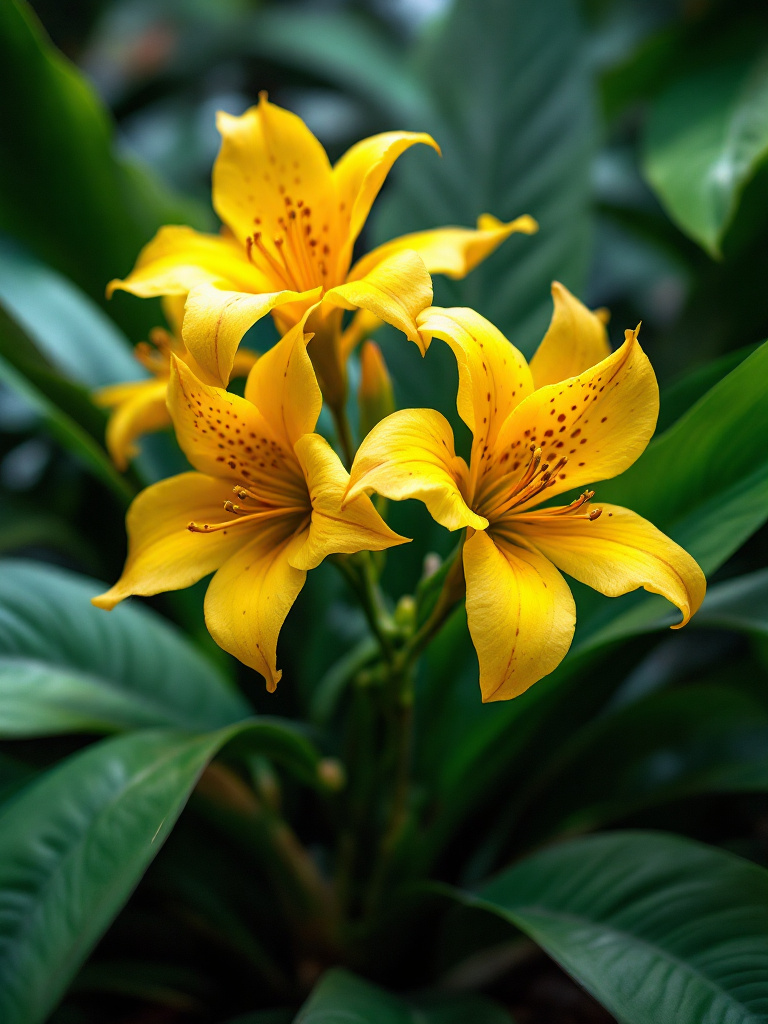
Moreover, Grammatophyllum speciosum holds cultural and economic significance in its native regions. Often regarded as a symbol of strength and beauty, it is used in traditional ceremonies and is highly valued in horticulture. Its fascinating characteristics and resilience make it an integral member of the orchid family and contribute to the rich biodiversity of its ecosystem. Understanding Grammatophyllum speciosum is crucial, as it sets the stage for appreciating not only its natural history but also its remarkable age, which highlights the evolutionary journey of this extraordinary species.
Historical Context of the Oldest Orchid
The Grammatophyllum speciosum, commonly known as the tiger orchid, is not only a remarkable floral species but also a significant historical artifact. This individual orchid plant is believed to be the oldest of its kind, located in the Singapore Botanic Gardens, where it was planted in 1861 by Lawrence Niven, who served as the garden’s director. During this time, botanical gardens were emerging as vital centers for plant conservation, research, and education. Niven’s initiative to cultivate this orchid was part of a broader movement to study and preserve rare plant species that were increasingly threatened by habitat loss and environmental changes.
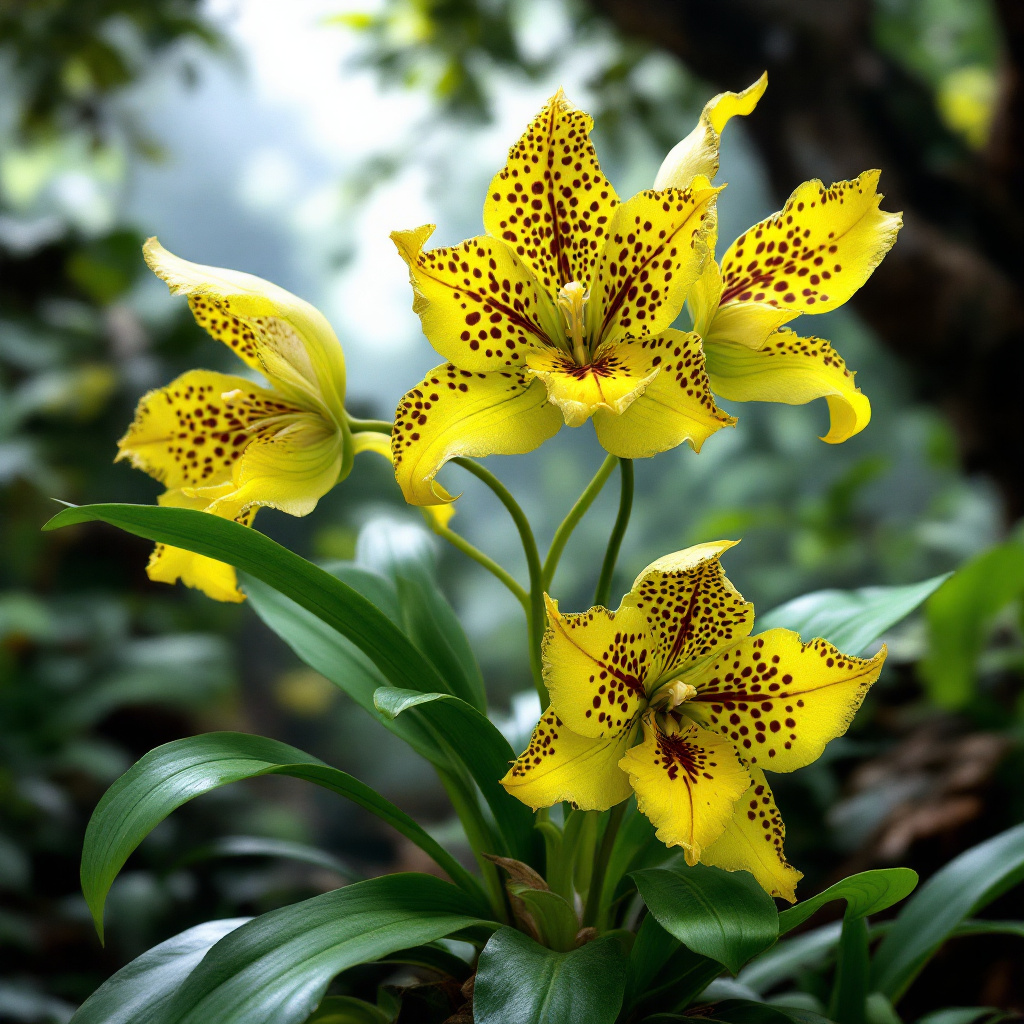
The mid-19th century saw a burgeoning interest in botany and horticulture, particularly in colonial settings where explorers and scientists sought to catalog the world’s biodiversity. This period marked a crucial turning point in the appreciation of tropical flora, where the Grammatophyllum speciosum epitomized beauty and rarity. As a result, its cultivation in a botanical garden context underscored the importance of these institutions in safeguarding unique plant species. It was during this era that the idea of preserving biodiversity gained momentum, laying the foundation for modern conservation efforts.
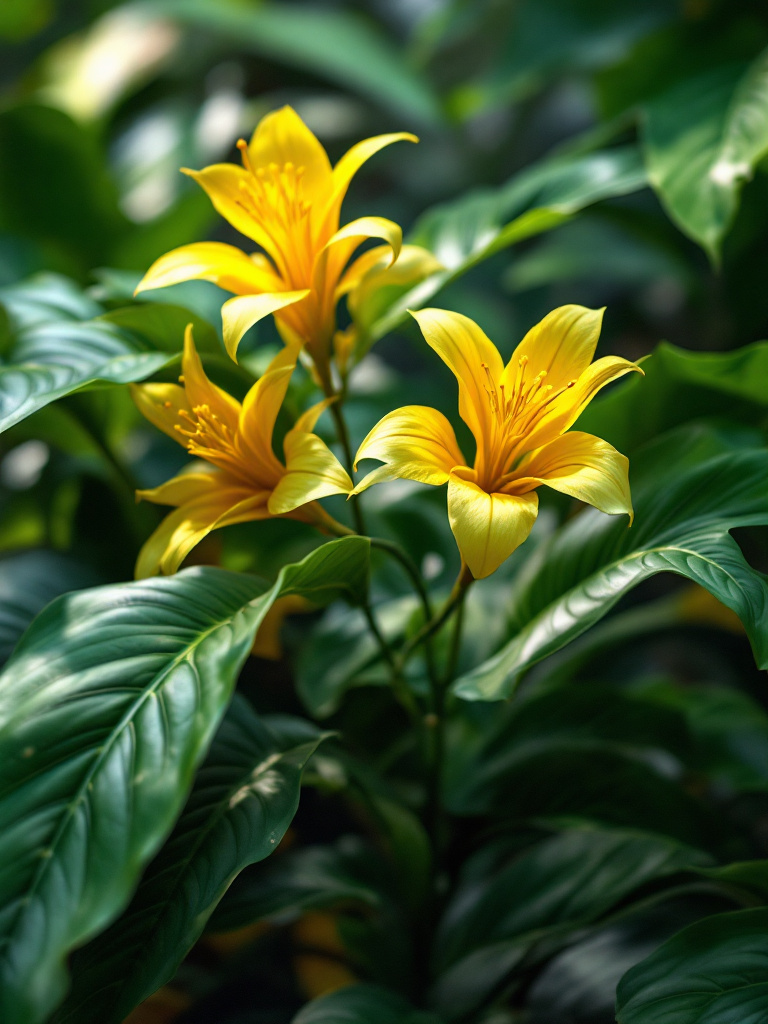
Moreover, the role of botanists became paramount in understanding plant taxonomy and ecology, aiding in the identification and documentation of new species. Their contributions were essential in raising awareness about the importance of biodiversity preservation. The Grammatophyllum speciosum, thriving in the environmental landscape of the Singapore Botanic Gardens, symbolizes not only the aesthetic appeal of orchids but also serves as a reminder of the ongoing need for preservation for future generations. The legacy of Niven’s planting has left an indelible mark, highlighting the historical significance of this remarkable orchid species in the botanical world.
Age and Longevity: Insights into the Orchid’s Life Cycle
Grammatophyllum speciosum, often celebrated for its stunning beauty, demonstrates remarkable age and longevity, reaching an impressive milestone of 164 years as of 2025. Understanding the lifespan and growth patterns of this orchid reveals the secrets behind its endurance and ability to thrive in varying environments. This species, native to tropical regions, typically displays a growth cycle that encompasses several phases, including germination, maturation, and reproduction. Each of these phases contributes significantly to its impressive lifespan.
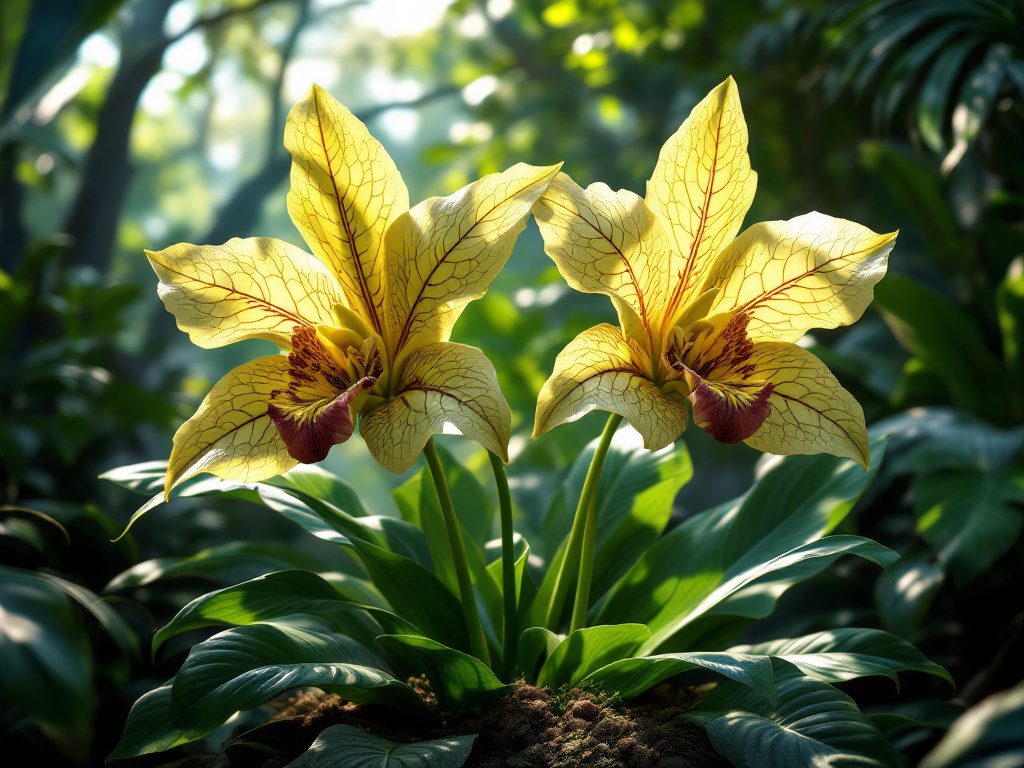
The environmental needs of Grammatophyllum speciosum are pivotal for its longevity. This plant thrives in warm, humid conditions, which mimic its natural habitat. A careful balance of water and light is vital; although it can withstand periods of drought, consistent moisture is necessary during growth to ensure the health and vitality of the plant. Orchids of this variety are also sensitive to temperature fluctuations, favoring temperatures around 20°C to 30°C (68°F to 86°F) during the day, while cooler nights enhance their growth cycle.
Resilience is another key factor contributing to the longevity of Grammatophyllum speciosum. These orchids are acclimatized to endure various stressors, including pests and diseases. The plant has evolved multiple strategies for coping with environmental changes, including storage of water within its pseudobulbs. This characteristic allows the orchid to sustain itself during less favorable conditions, ensuring its survival for over a century.
Expert insights suggest that the care given to Grammatophyllum speciosum also significantly affects its lifespan. Regular feeding with appropriate fertilizers, repotting as needed, and maintaining ideal humidity levels are essential for fostering a healthy, long-lived orchid. Such consideration for its environmental needs and care can ensure that this majestic plant continues to flourish for generations to come.
Conservation Efforts and Future of Grammatophyllum Speciosum
The Grammatophyllum speciosum, often celebrated as one of the oldest orchid species, faces various conservation challenges in its natural habitat. This majestic orchid, native to Southeast Asia and known for its large size and striking appearance, has increasingly become endangered due to habitat loss, urban development, and climate change. Conservation status assessments indicate that protecting this orchid is crucial for the preservation of regional biodiversity. Organizations focused on wildlife conservation and botanical study are spearheading initiatives to safeguard this remarkable species.
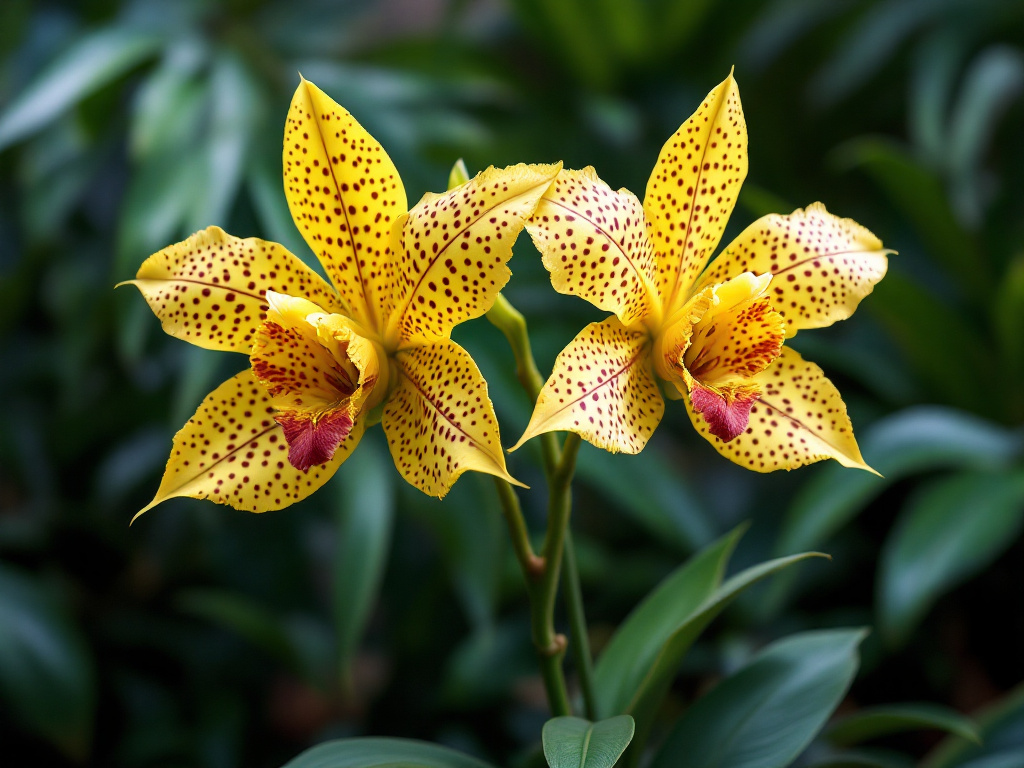
One of the main conservation efforts includes habitat restoration, which involves reforestation and creating protected areas to ensure that Grammatophyllum speciosum has a conducive environment for growth. Furthermore, these initiatives often encourage local communities to engage in sustainable practices that reduce the impact of agriculture and logging on these precious ecosystems. In addition to habitat protection, educational programs aimed at raising awareness about the ecological significance of orchids and the need for their conservation play a vital role. Such programs encourage individuals and communities to appreciate the value of this ancient plant.
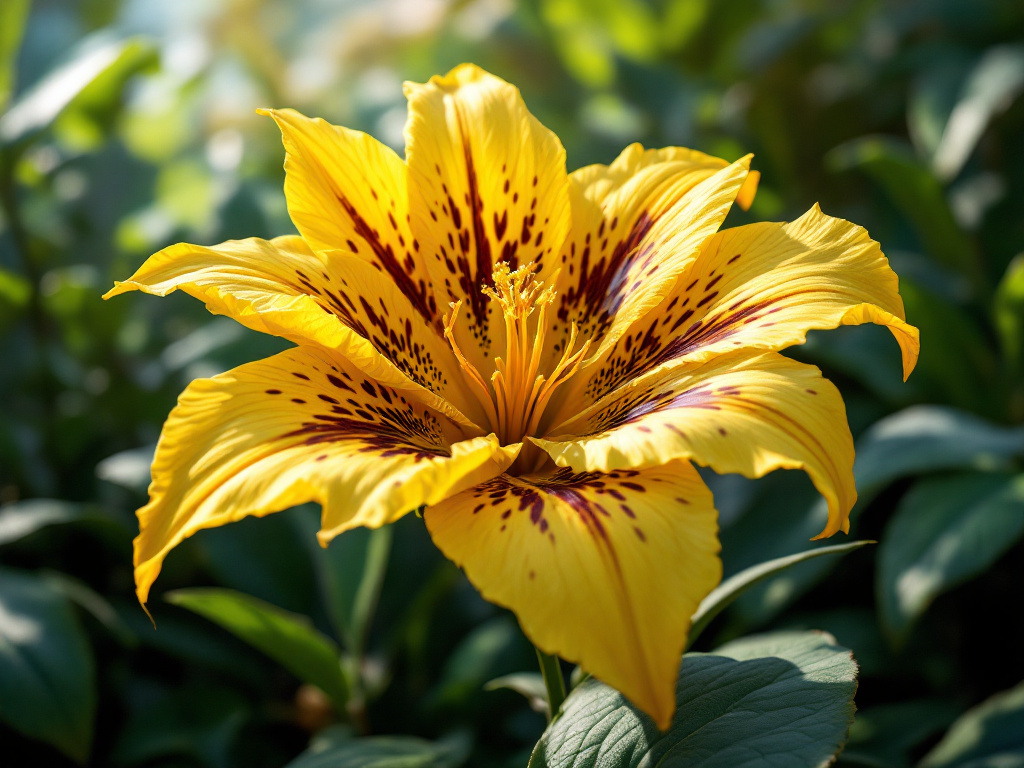
The significance of preserving Grammatophyllum speciosum goes beyond aesthetic appeal; it serves as a critical symbol for biodiversity and ecological health. As an indicator species, its well-being reflects the overall state of its ecosystem. The future of this orchid, alongside similar endangered species, represents a broader narrative about conservation initiatives. Engaging agricultural practices that respect the ecological balance, along with community involvement, promise a glimmer of hope for the longevity of these beautiful orchids. Ultimately, by safeguarding Grammatophyllum speciosum, we cultivate a future where biodiversity thrives, supporting not only the orchid but also countless other species within its habitat.